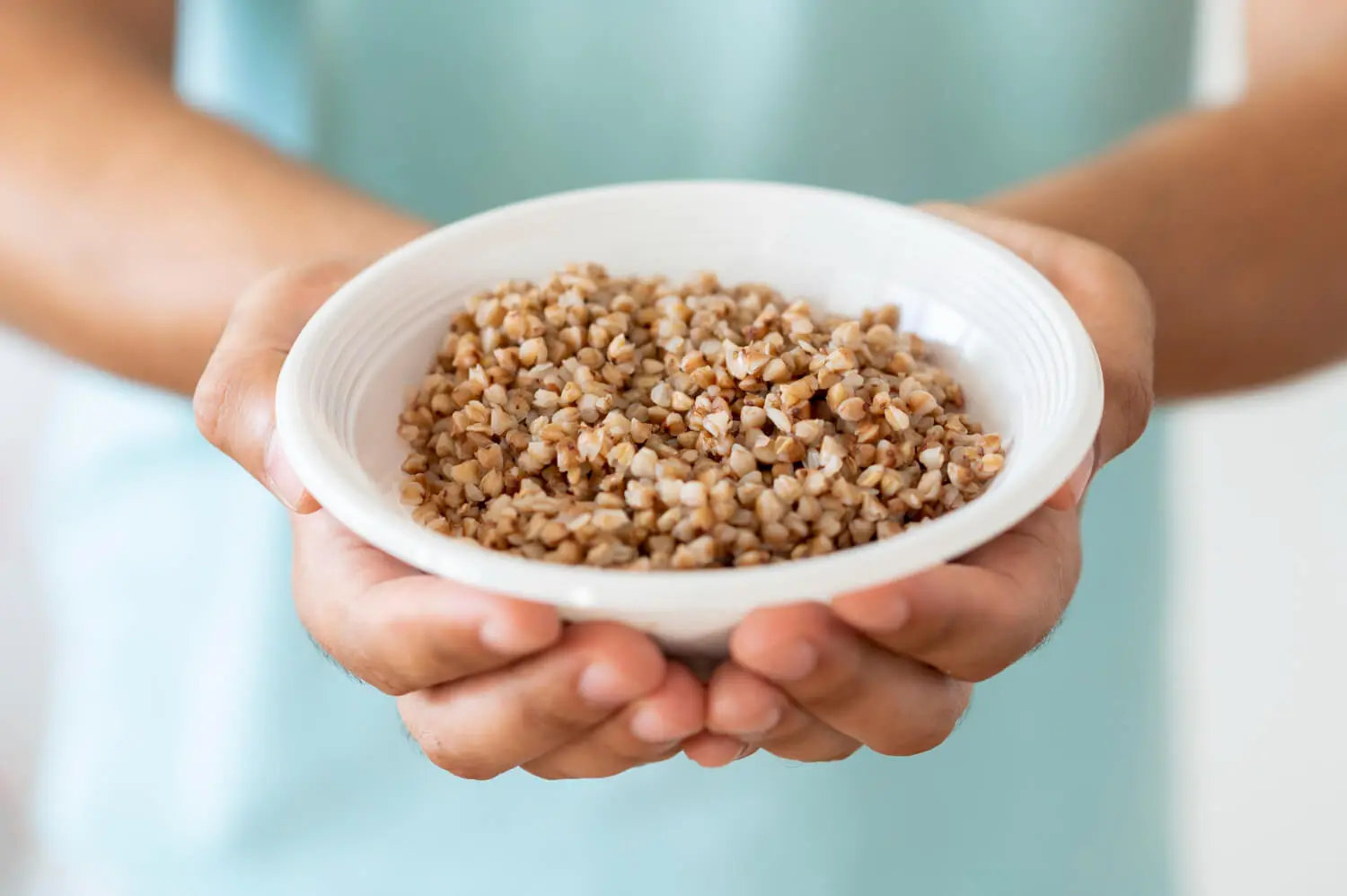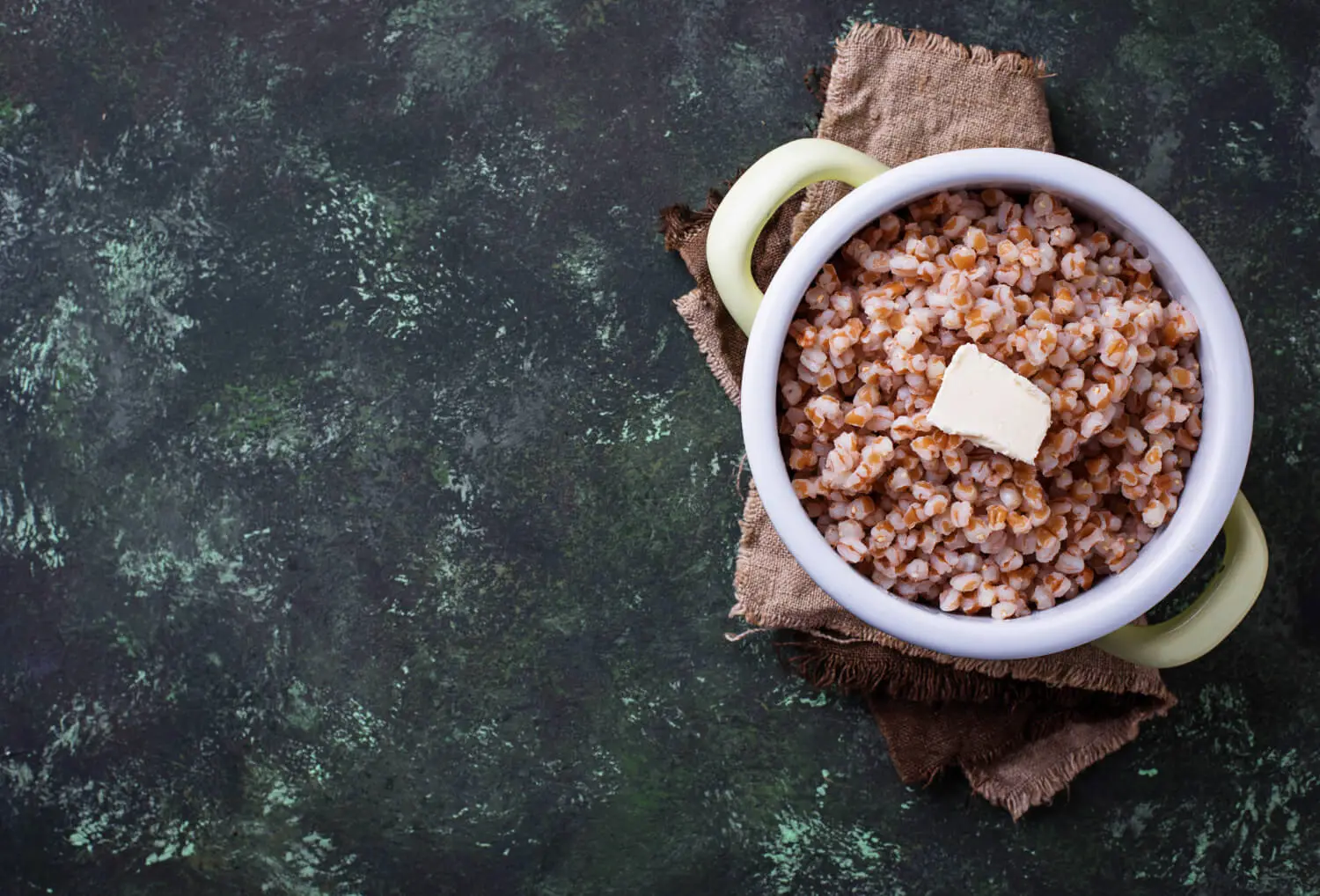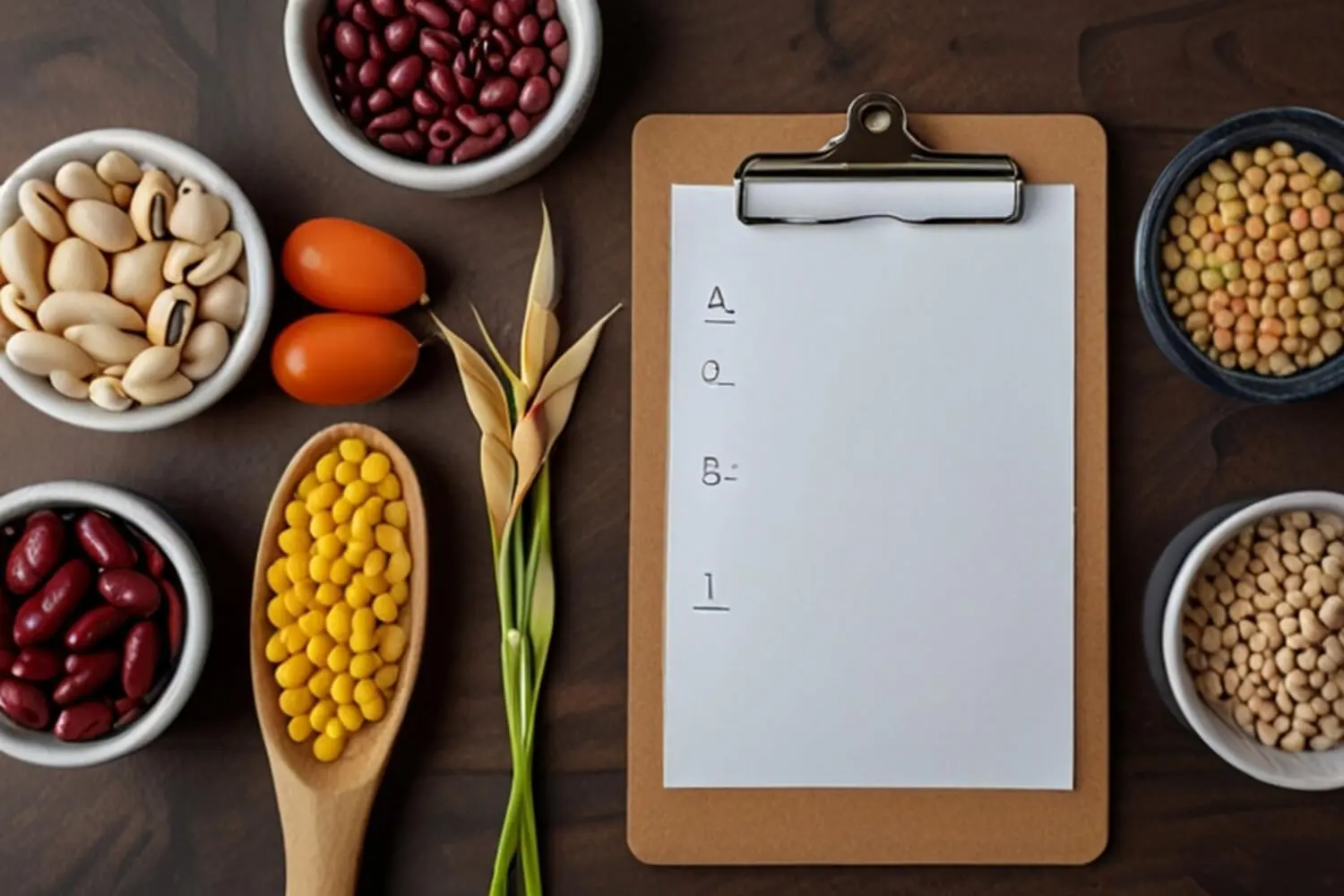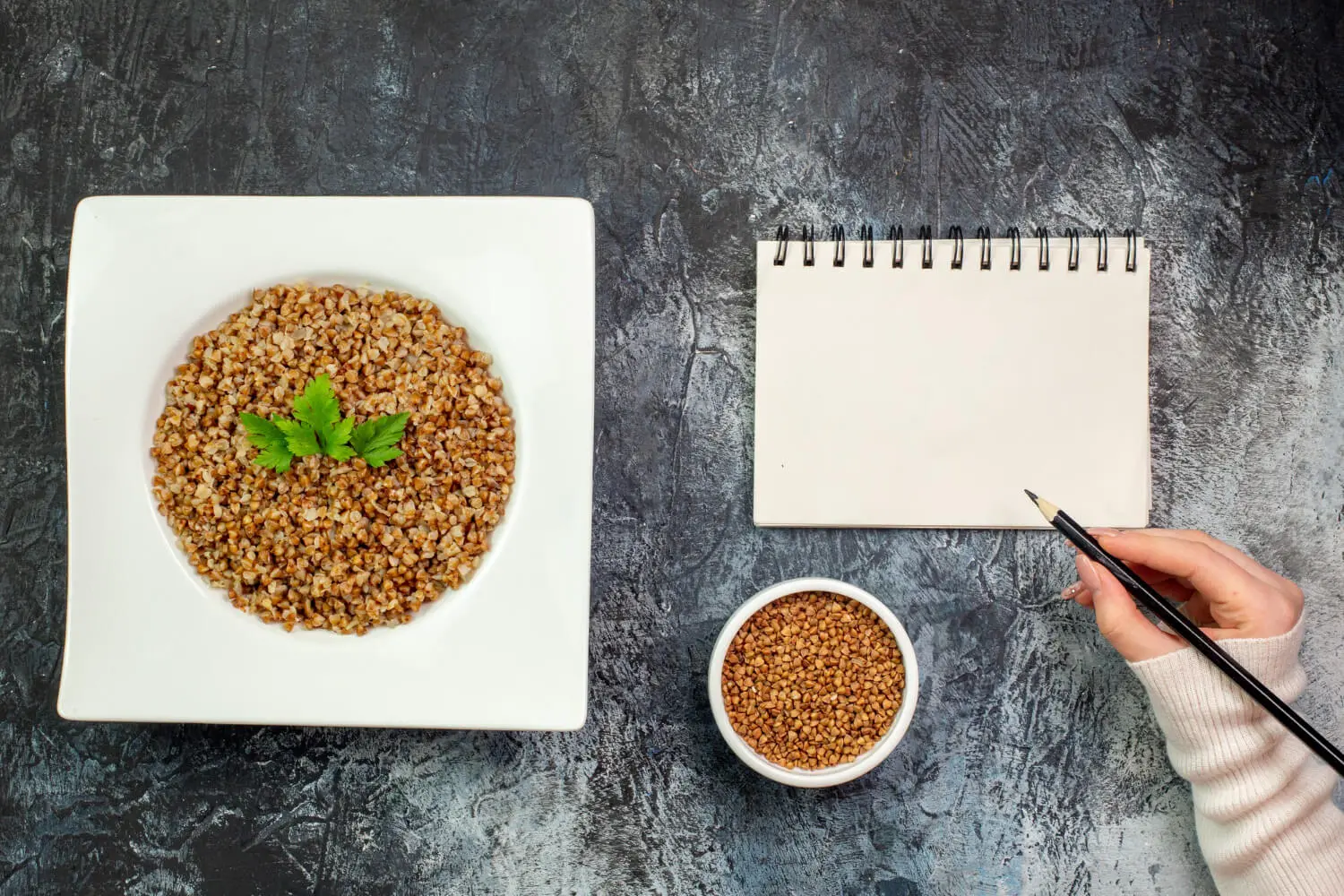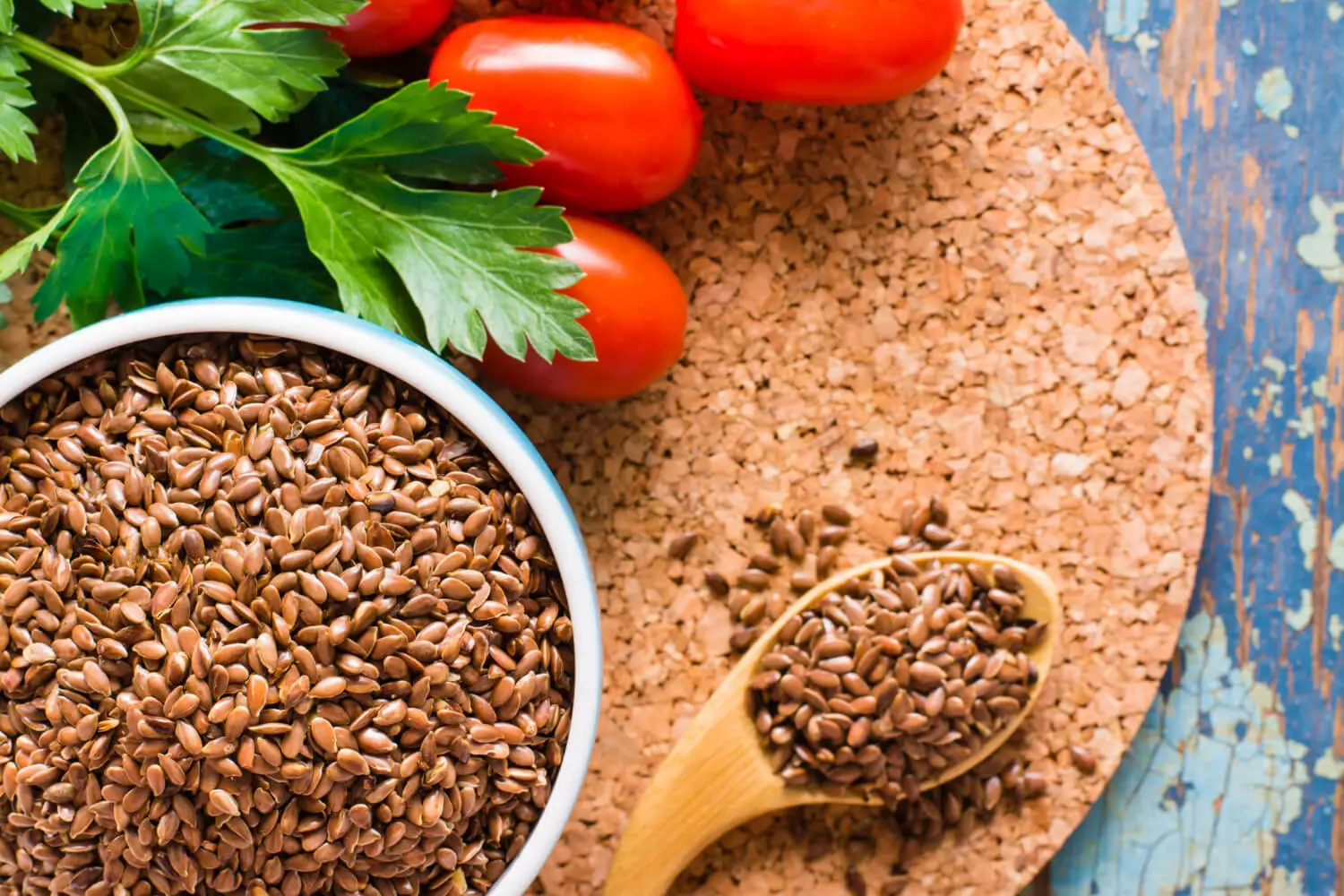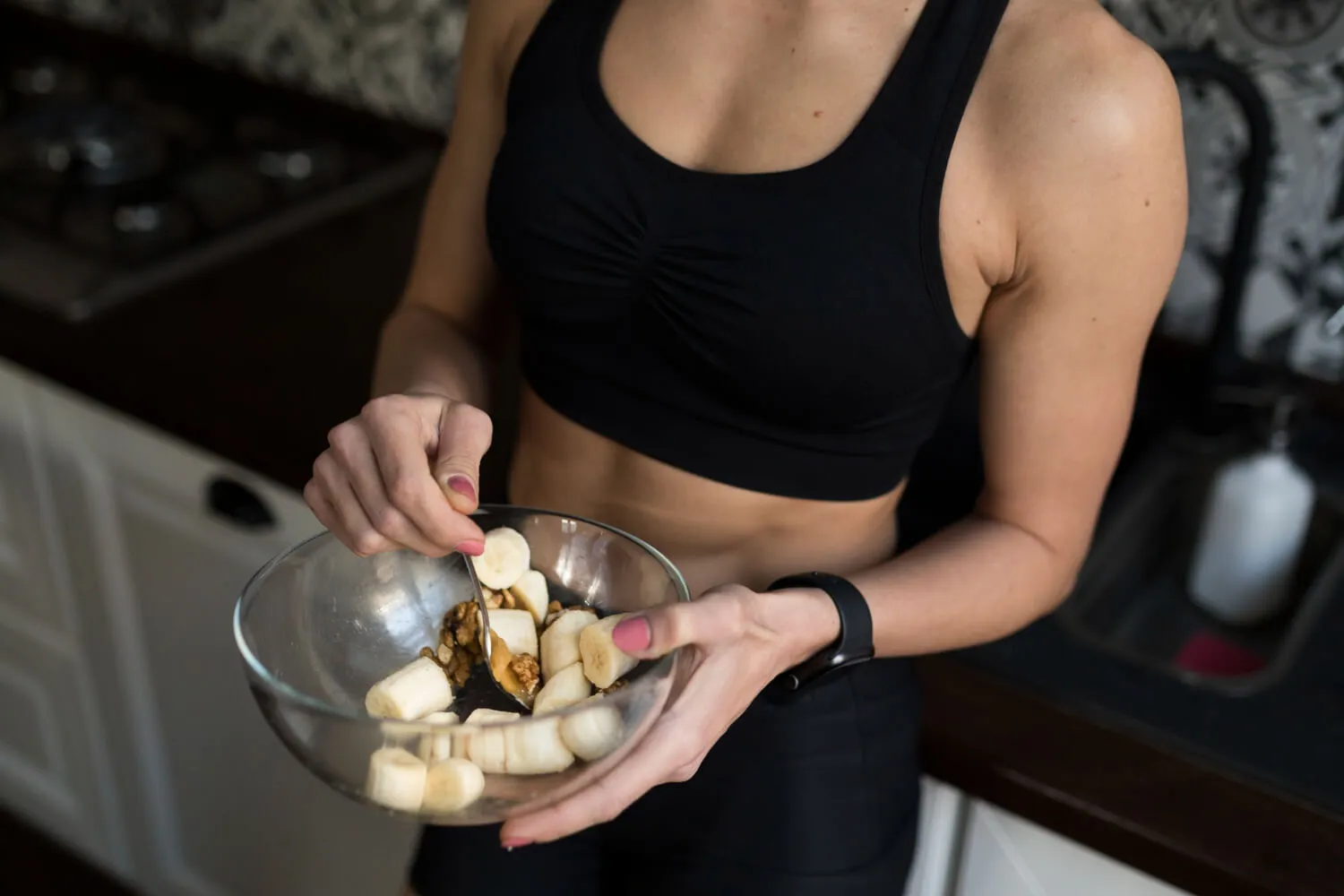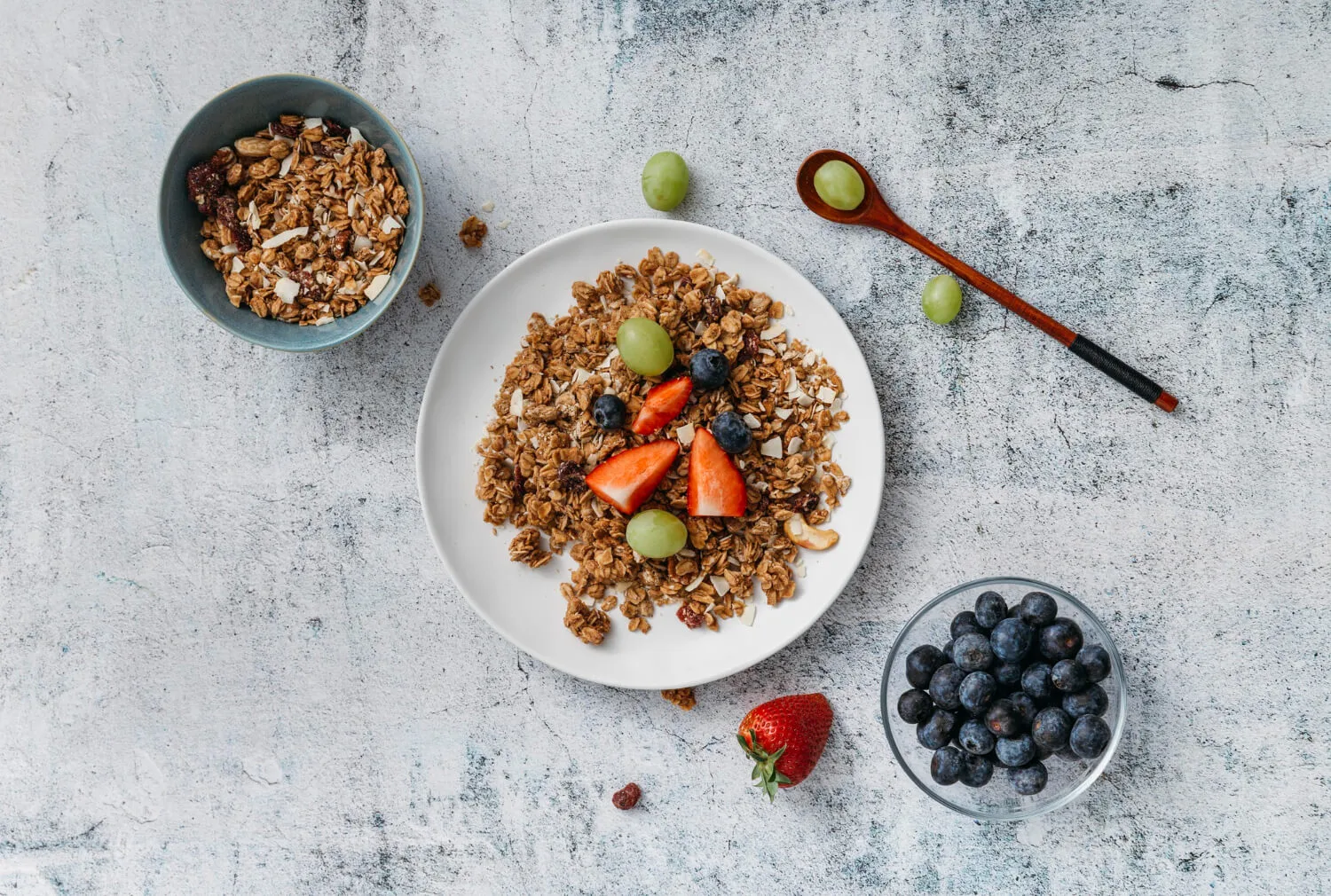The Buckwheat Diet: A Slightly Sarcastic, Scientific Guide to Weight Loss
Introduction
Ladies and gentlemen, gather ’round and prepare to be amazed by the incredible weight loss powers of the buckwheat diet! This popular and oh-so-effective method of shedding those pesky pounds is taking the world by storm, thanks to the humble buckwheat groat.
What is the Buckwheat Mono-Diet?
Buckwheat, the unsung hero of the grain world (even though it’s not technically a grain), is a nutritional powerhouse packed with proteins, microelements, and B vitamins. Moreover, this low-glycemic wonder is perfect for weight loss, as it’s nutritious and satisfying without causing blood sugar spikes. In essence, the buckwheat diet involves cutting out fatty, fried, and high-calorie foods and focusing on simple, natural foods like buckwheat.
Health Benefits of Buckwheat
Now, let’s dive into the incredible health benefits of this pseudo-grain that’s taking the dieting world by storm.
Plant-based Protein Powerhouse
Firstly, buckwheat is loaded with high-quality plant-based protein, complete with all the essential amino acids needed to keep your muscles in shape. Consequently, it’s perfect for slimming down without losing gains!
Complex Carbohydrate Champion
Secondly, this pseudo-grain is packed with complex carbs that keep your blood sugar stable and your belly full. As a result, you can say goodbye to cravings and hello to long-lasting energy!
Micronutrient Marvel
Additionally, buckwheat is a treasure trove of micronutrients, boasting magnesium, iron, calcium, phosphorus, copper, zinc, and manganese. These nutrients work together to keep your bones strong and your body functioning like a well-oiled machine.
B Vitamin Bonanza
Furthermore, this wonder grain is also loaded with B vitamins, essential for a healthy nervous system, glowing skin, and fabulous hair and nails. Moreover, they help you stay calm during stressful dieting moments.
Antioxidant Avenger
Last but not least, buckwheat is packed with antioxidants that help fight off harmful free radicals and keep you looking and feeling young.
Potential Risks and Contraindications of buckwheat diet
While buckwheat is a nutritional superhero, even the mightiest have their kryptonite. Therefore, here are a few things to keep in mind:
- Not for those with gastrointestinal issues, pregnant, or nursing women.
- May cause weakness and fatigue due to calorie restriction.
- Long-term calorie restriction may slow down metabolism.
Basic Rules of the Buckwheat Diet
Now that we’ve covered the benefits and potential pitfalls, let’s dive into how to make this diet work for you.
- Buckwheat is King : Use whole buckwheat groats, not instant varieties with added ingredients.
- Sugar, Salt, and Dairy are the Enemy : Cut out sugar, salt, meat, and dairy products to maximize weight loss and improve digestion.
- Kefir is Your Secret Weapon : Enjoy low-fat kefir for variety and improved digestion, but drink it separately from buckwheat meals.
- Hydration is Key : Drink at least 1.5-2 liters of water per day to flush out toxins and boost metabolism.
- Listen to Your Body : Avoid feeling ravenous, and eat enough buckwheat to stay satisfied and energized.
- Keep it Short and Sweet : Follow the diet for one to two weeks to avoid nutrient deficiencies.
- Ease Out Gracefully : Gradually reintroduce other foods, starting with fruits and veggies, then proteins and carbs.
Meal Planning on the Buckwheat Diet
Here’s a sample meal plan to help you stay on track and reach your weight loss goals:
Breakfast (7:00 AM – 9:00 AM)
Start your day with a hearty serving of buckwheat porridge (200-250 grams). To prepare it, soak groats in water (1:2 ratio) overnight.
Second Breakfast (10:30 AM – 11:30 AM)
For a mid-morning boost, enjoy a small portion of buckwheat porridge (around 100 grams) topped with natural, low-fat yogurt or kefir.
Lunch (1:00 PM – 2:00 PM)
At lunchtime, indulge in a generous 200-250 gram serving of buckwheat porridge. For added flavor and nutrition, mix in fresh veggies like cucumber or tomato.
Afternoon Snack (4:00 PM – 5:00 PM)
When the afternoon slump hits, reach for a refreshing glass of kefir or green tea to tide you over until dinner.
Dinner (6:00 PM – 7:00 PM)
To wind down your day, enjoy a modest 150-200 gram serving of buckwheat porridge, eaten at least 3-4 hours before bedtime.
Water, Water Everywhere!
Throughout the day, drink at least 1.5-2 liters of water, sipping between meals to avoid diluting digestive juices.
Tips for Success on the Buckwheat Diet
Here are some tried-and-true tips to help you succeed on your buckwheat diet journey:
- Slow and Steady Wins the Race : Start with one buckwheat meal per day and gradually increase frequency to prevent digestive discomfort.
- Hydrate, Hydrate, Hydrate : Drink plenty of water to maintain hydration, aid digestion, and keep you feeling full and energized.
- Mix it Up : Incorporate a variety of veggies and lean proteins to keep things interesting and ensure a wide range of nutrients.
- Stress Less : Don’t put too much pressure on yourself. Remember, the buckwheat diet is a short-term solution, so don’t beat yourself up over minor slip-ups.
- Get Moving : To maximize your results, incorporate moderate physical activity into your daily routine.
How to Properly Cook Buckwheat
Here are a few key things to keep in mind when cooking buckwheat:
- Choose Your Groats Wisely : For maximum nutritional value, opt for raw, unroasted buckwheat groats.
- Ratio Matters : Use a 1:2 ratio of buckwheat to water. Additionally, rinse groats before cooking to remove excess starch.
- Let it Simmer : Add rinsed groats to boiling water, then simmer on low heat until water is absorbed (15-20 minutes). Resist the urge to stir!
- Hold the Salt and Butter : To keep your buckwheat nutritious and low-calorie, avoid adding salt or butter.
- Patience is a Virtue : After cooking, let buckwheat sit, covered, for 10 minutes for a fluffy texture.
Common Mistakes to Avoid on the Buckwheat Diet
Watch out for these common pitfalls on your weight loss journey:
Adding Sugar to Your Buckwheat diet
Adding sugar to buckwheat porridge increases calories and triggers insulin spikes, leading to hunger and cravings. Instead, use natural sweeteners like stevia or honey sparingly, or train your taste buds to enjoy the natural flavor of buckwheat.
Overdoing the Salt to Your buckwheat diet
Too much salt can contribute to water retention and bloating, slowing down weight loss. Therefore, minimize or eliminate salt, and use herbs and spices for flavor instead.
Combining the Buckwheat Diet with Exercise
To supercharge your weight loss efforts, pair your buckwheat diet with regular exercise.
- Choose Your Moves : Opt for moderate-intensity exercises like walking, swimming, cycling, yoga, or Pilates.
- Consistency is Key : Aim to exercise for 30-60 minutes, 3-4 times per week, for optimal results.
- Timing is Everything : Exercise in the morning or early afternoon. However, avoid intense workouts 2-3 hours before bedtime.
- Stay Hydrated : Drink plenty of water before, during, and after workouts to prevent dehydration.
- Listen to Your Body : Start with light exercises and gradually increase intensity to avoid overexertion and injury.
Maintaining Weight Loss After the Buckwheat Diet
Now that you’ve reached your weight loss goals, it’s time to focus on maintenance. Here are some tips to help you stay on track:
Gradual Reintroduction
Slowly reintroduce a variety of foods into your diet, starting with fruits and veggies, then whole grains, lean proteins, and low-fat dairy. This gradual approach will help your body adjust without triggering rapid weight gain.
Portion Control
Keep an eye on portion sizes and avoid overeating. Use smaller plates and pay attention to fullness cues to control the amount of food you consume.
Regular Meal Times
Maintain a consistent eating schedule, avoiding long gaps between meals to prevent overeating and keep your metabolism humming. Aim for three balanced meals and one or two healthy snacks per day.
Healthy Snacks
When hunger strikes between meals, reach for nutritious snacks like fresh fruits, veggies, nuts, or yogurt to stay satisfied without derailing your weight maintenance efforts.
Alternatives to the Buckwheat Diet
If the buckwheat diet doesn’t work for you, fear not! Here are some other healthy eating options:
- Mediterranean Diet : Rich in veggies, fruits, whole grains, olive oil, and fish. This diet supports heart health and promotes moderate weight loss.
- Plant-Based Diet : Based on consuming primarily plant-based foods. This approach not only aids in weight loss but also boasts numerous health benefits.
- Ketogenic Diet : Low-carb, high-fat diet that aims to put your body into ketosis. While effective for rapid weight loss, it requires careful planning.
- Intermittent Fasting : Alternates periods of fasting with eating to manage calorie intake and boost metabolism.
- Low Glycemic Index Diet : Focuses on foods with a low glycemic index for slower, more gradual rises in blood sugar and prolonged fullness.
When choosing an alternative diet, consider your preferences, goals, and health status. However, always consult with a dietitian or healthcare provider before starting a new diet.
Conclusion
And there you have it – the ultimate guide to the buckwheat diet! Remember, while this diet can be effective for short-term weight loss, the key to long-term success is adopting a balanced, sustainable approach to eating and living.
Whether you choose buckwheat or another healthy eating plan, always listen to your body, stay hydrated, and enjoy the journey. With a little sarcasm, a dash of science, and a whole lot of determination, you’ve got this!

